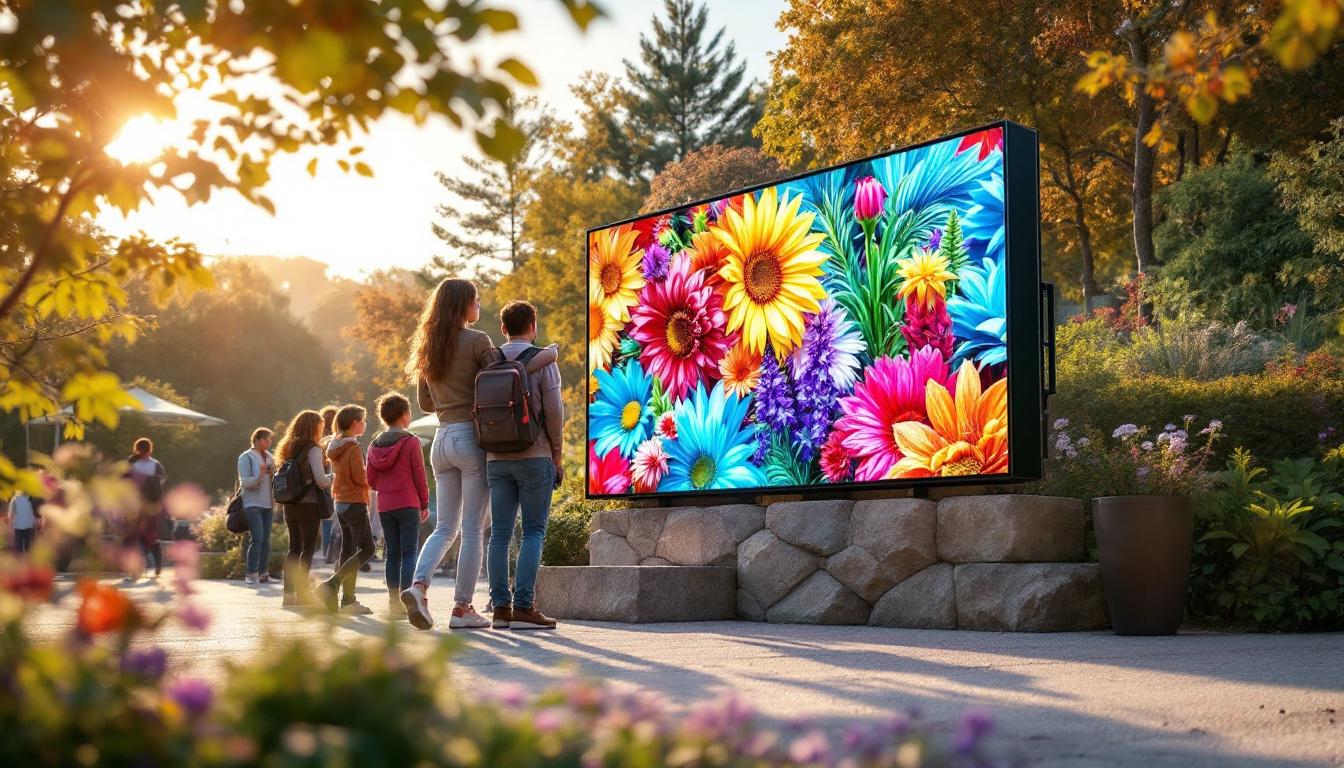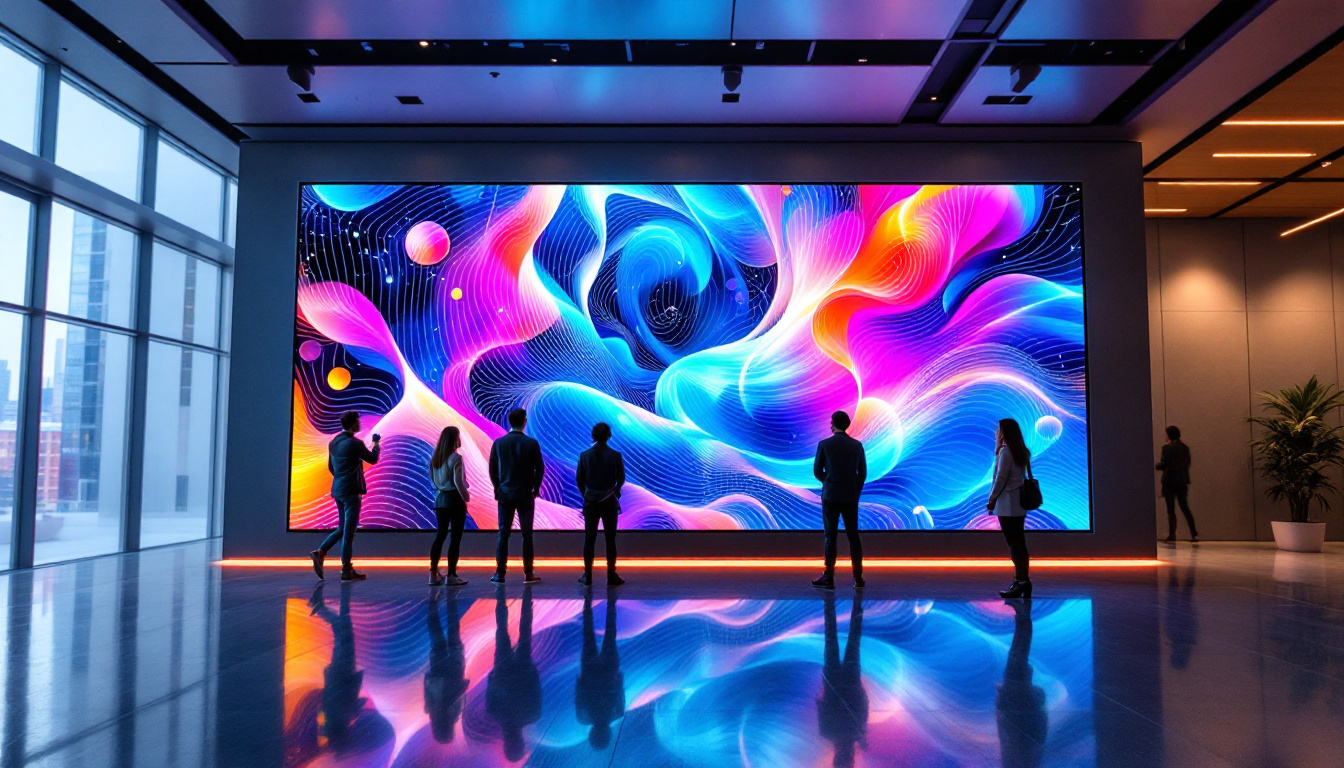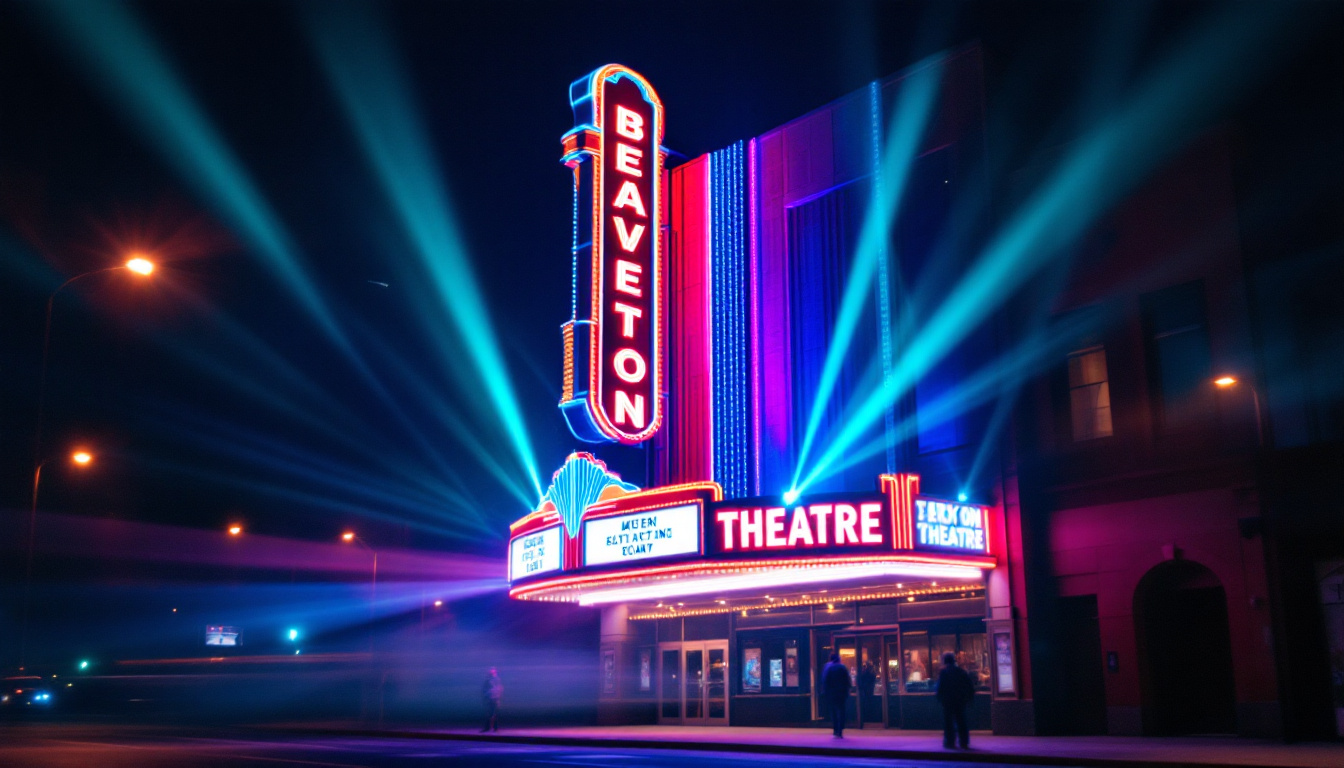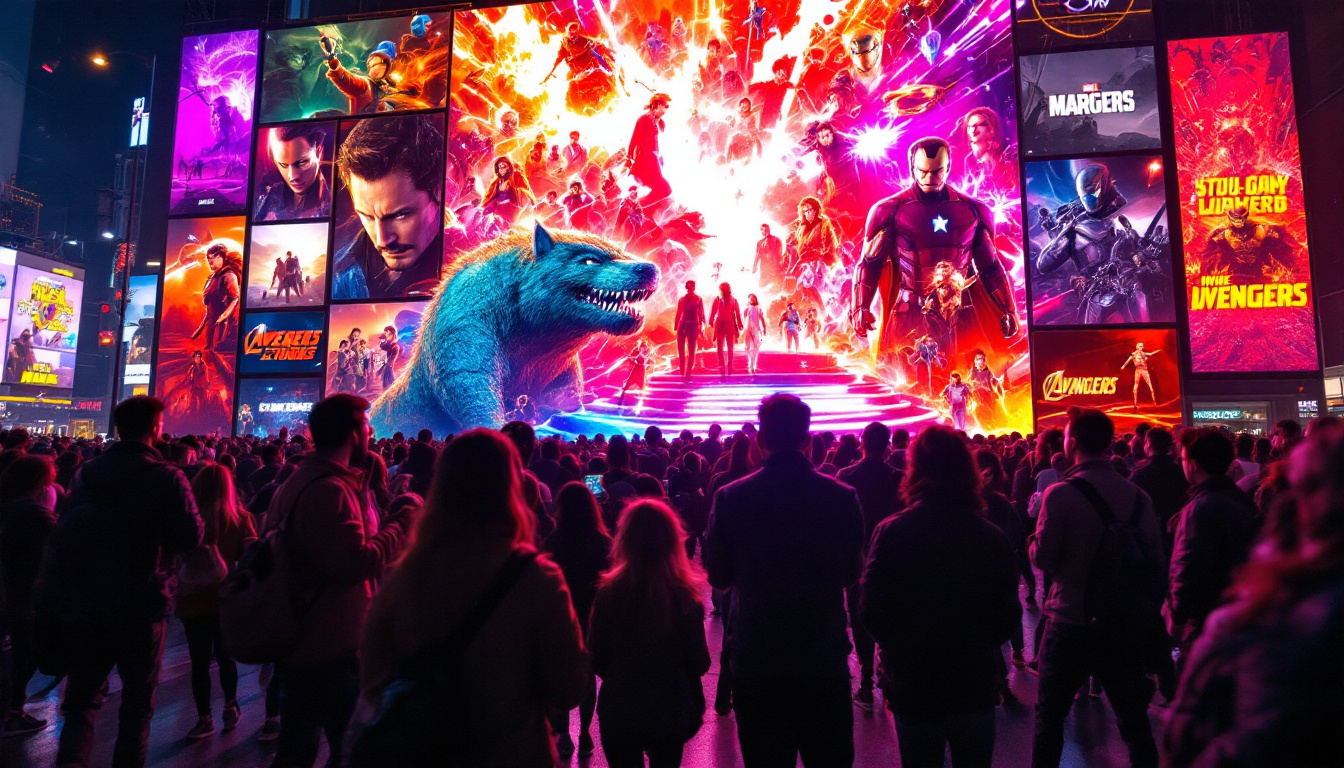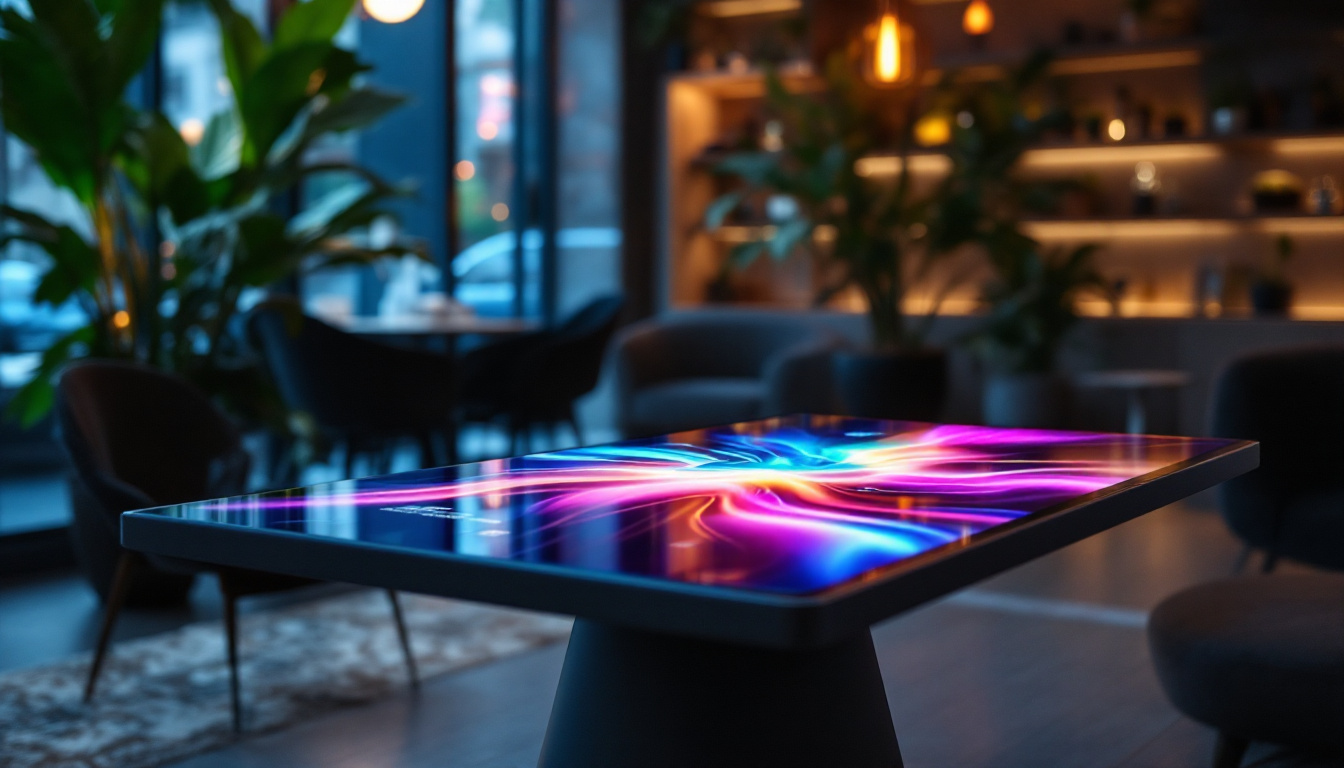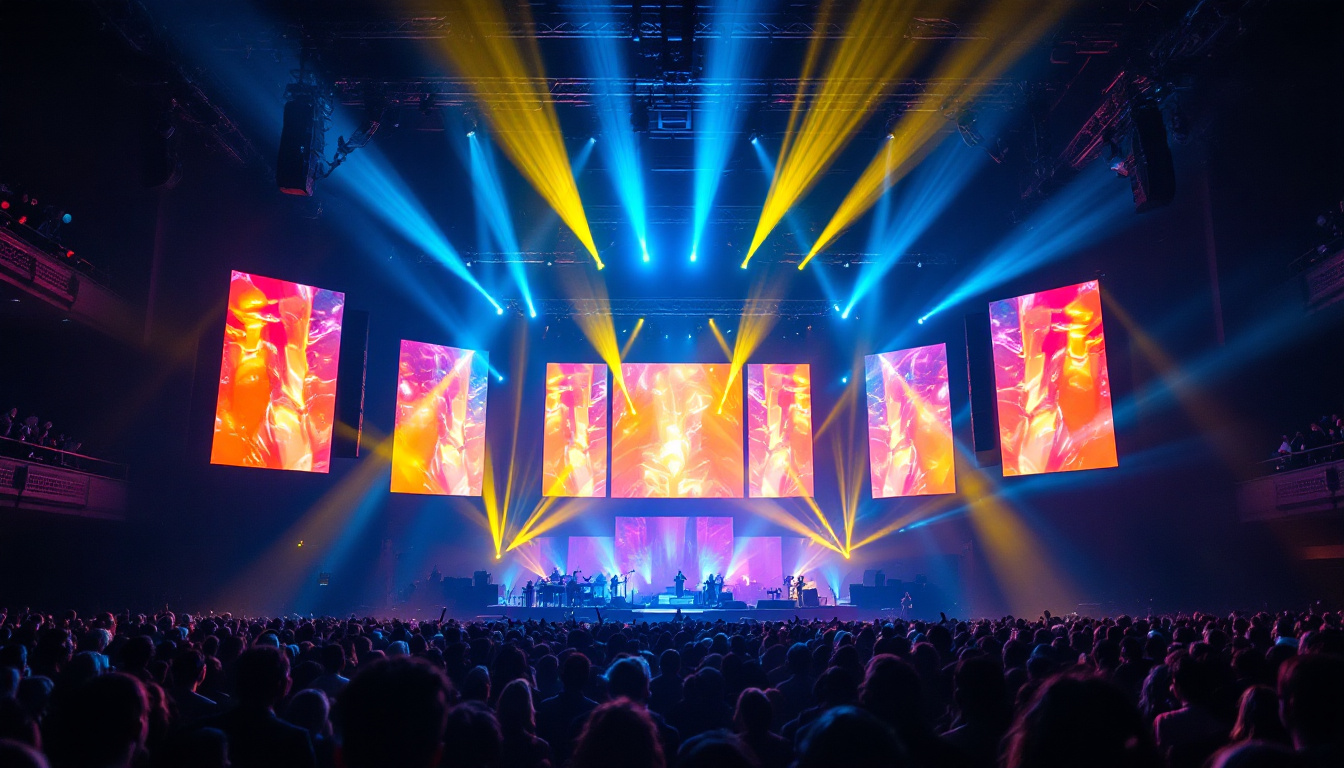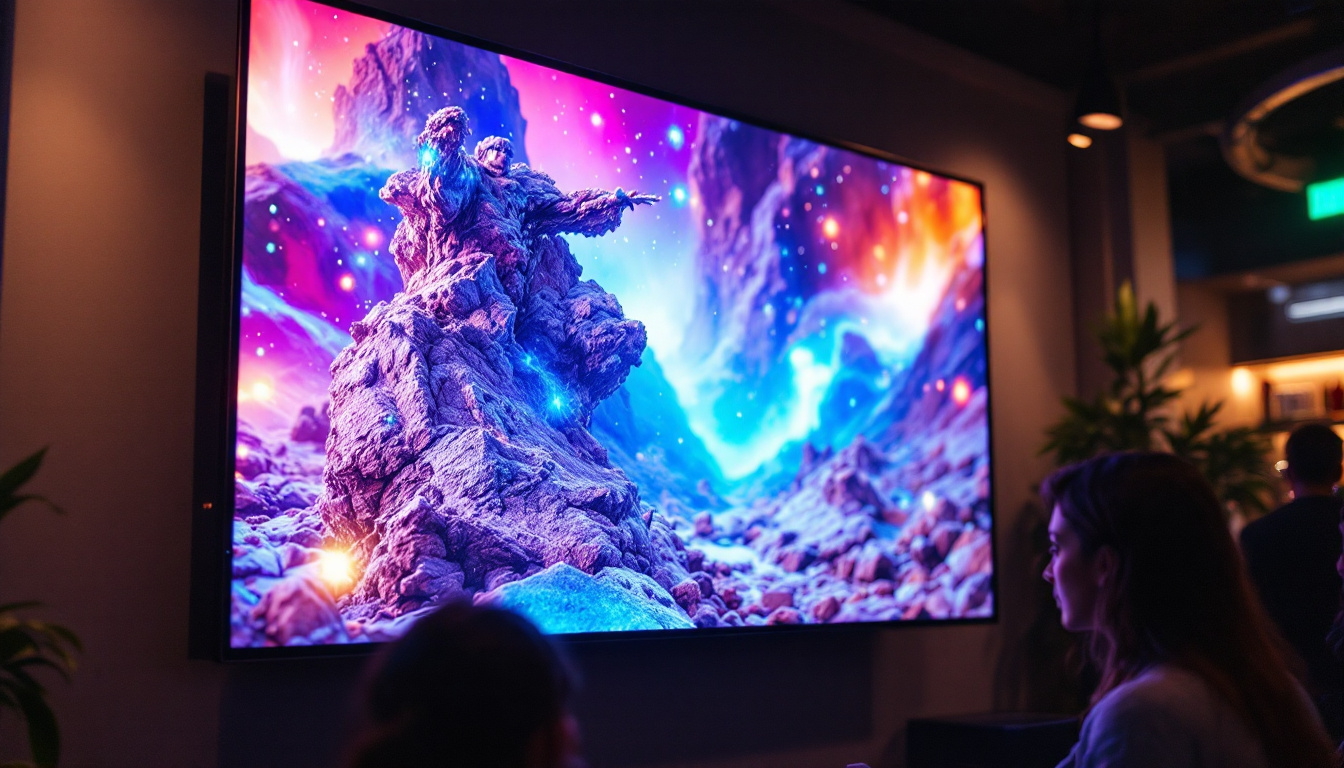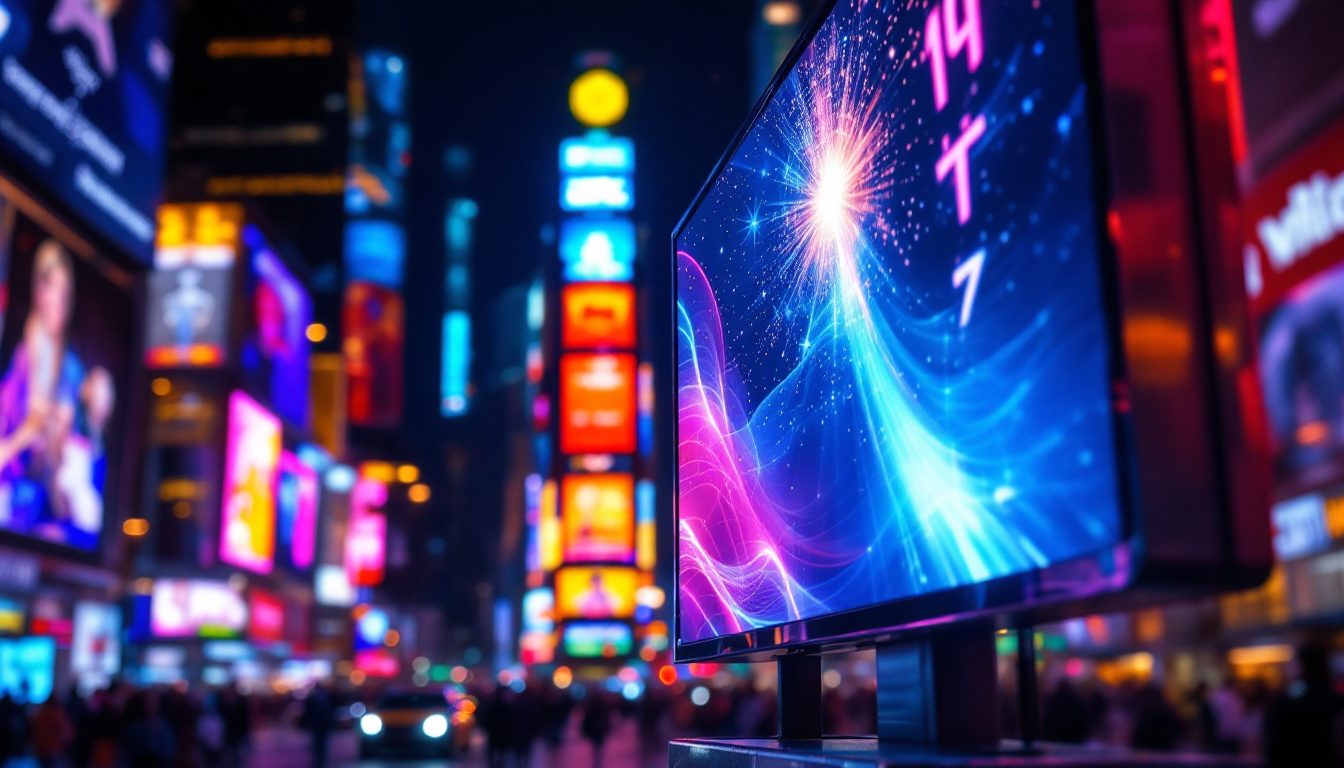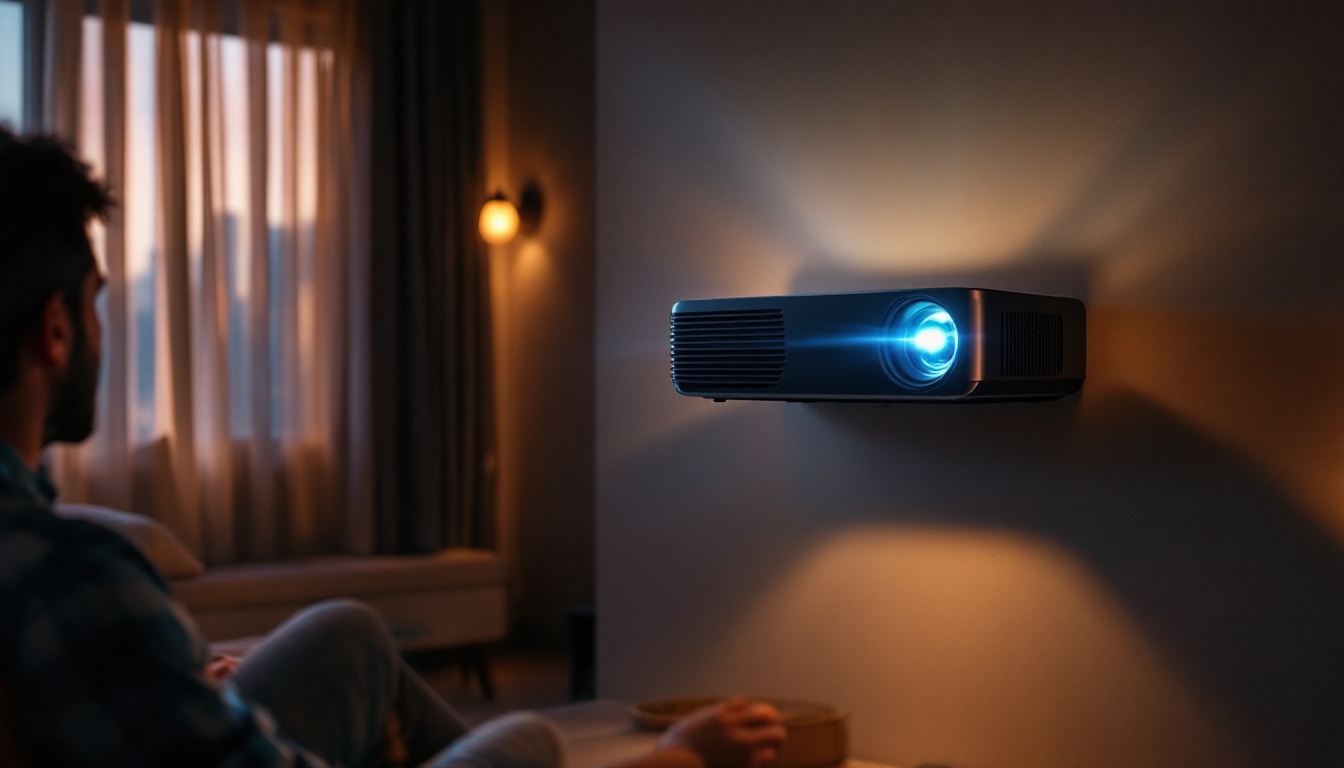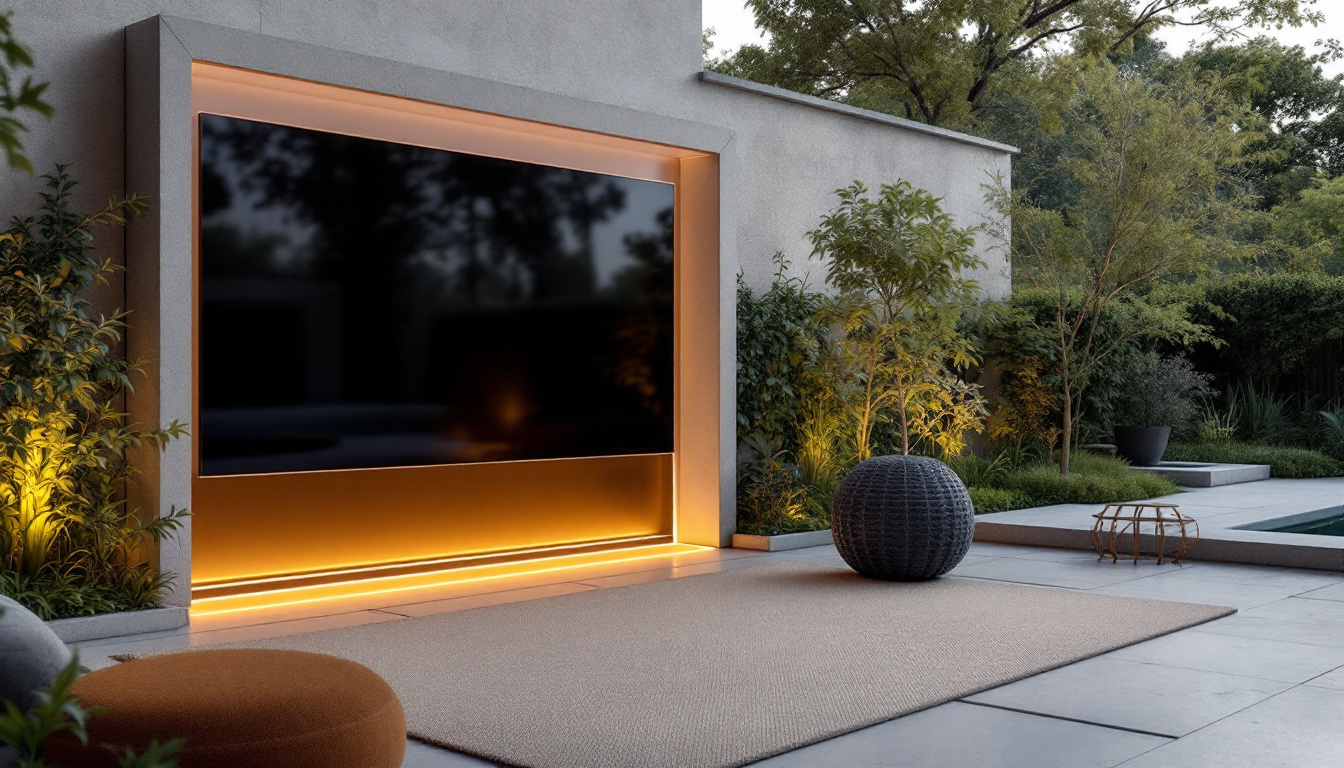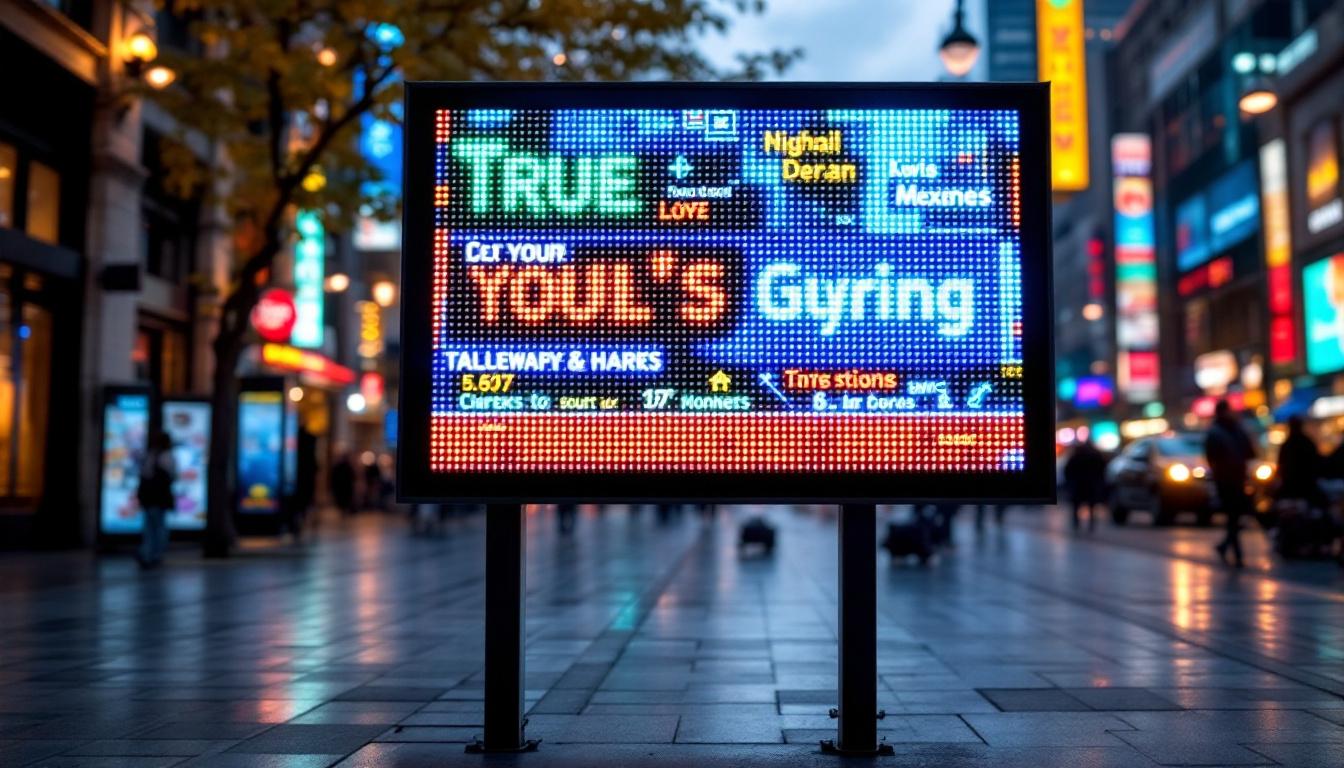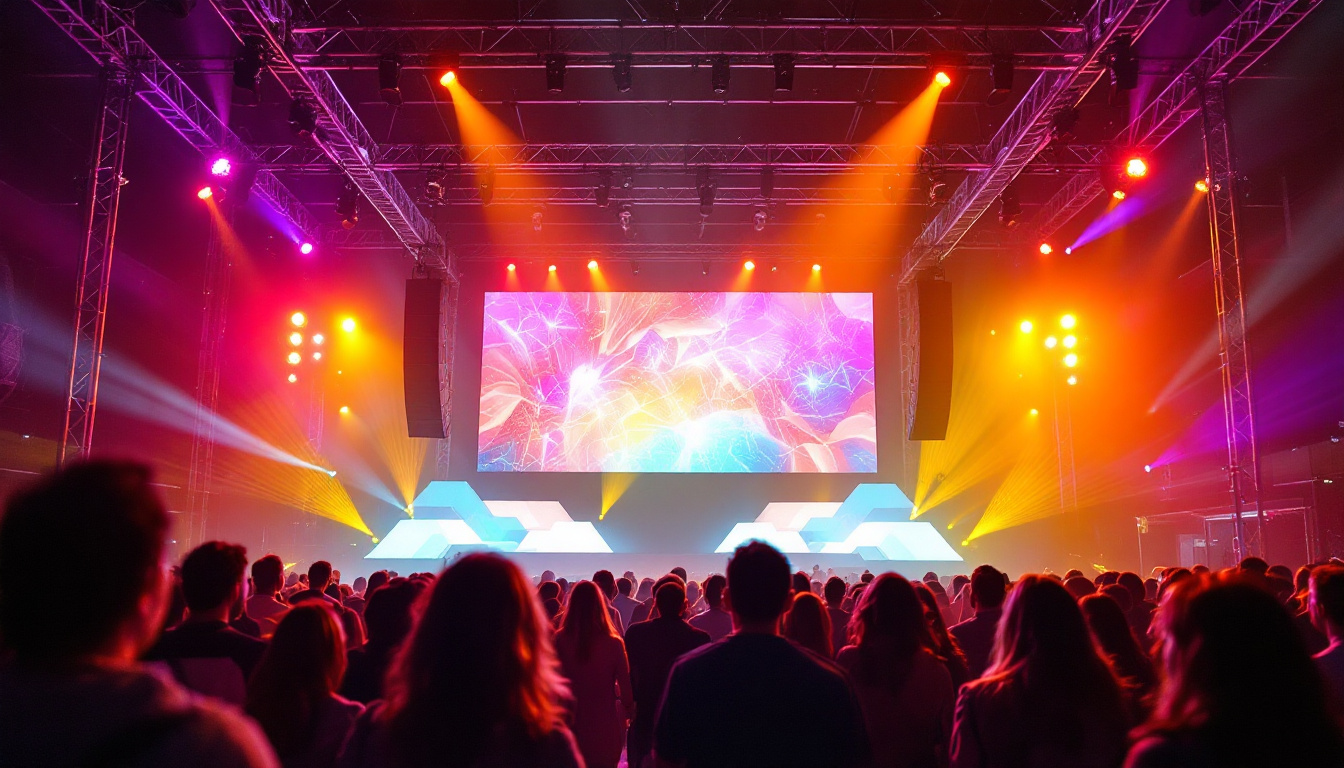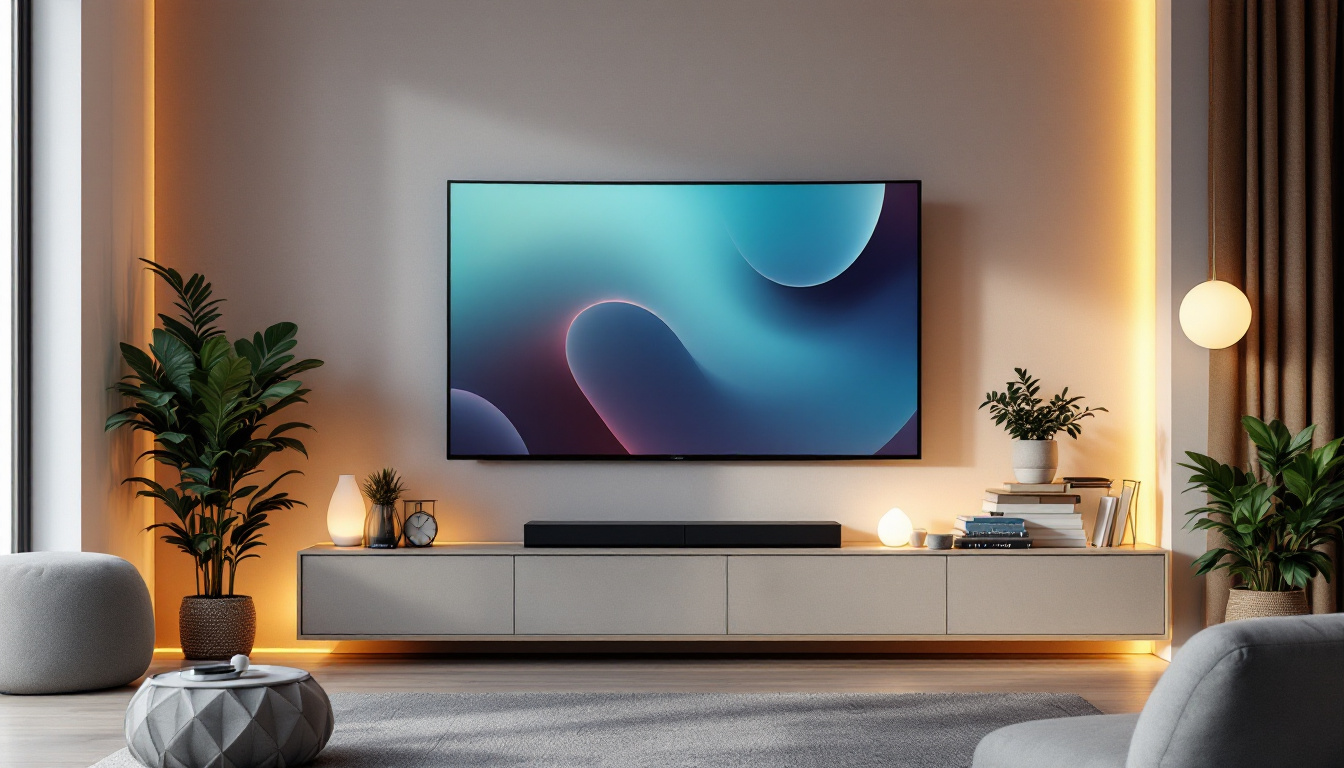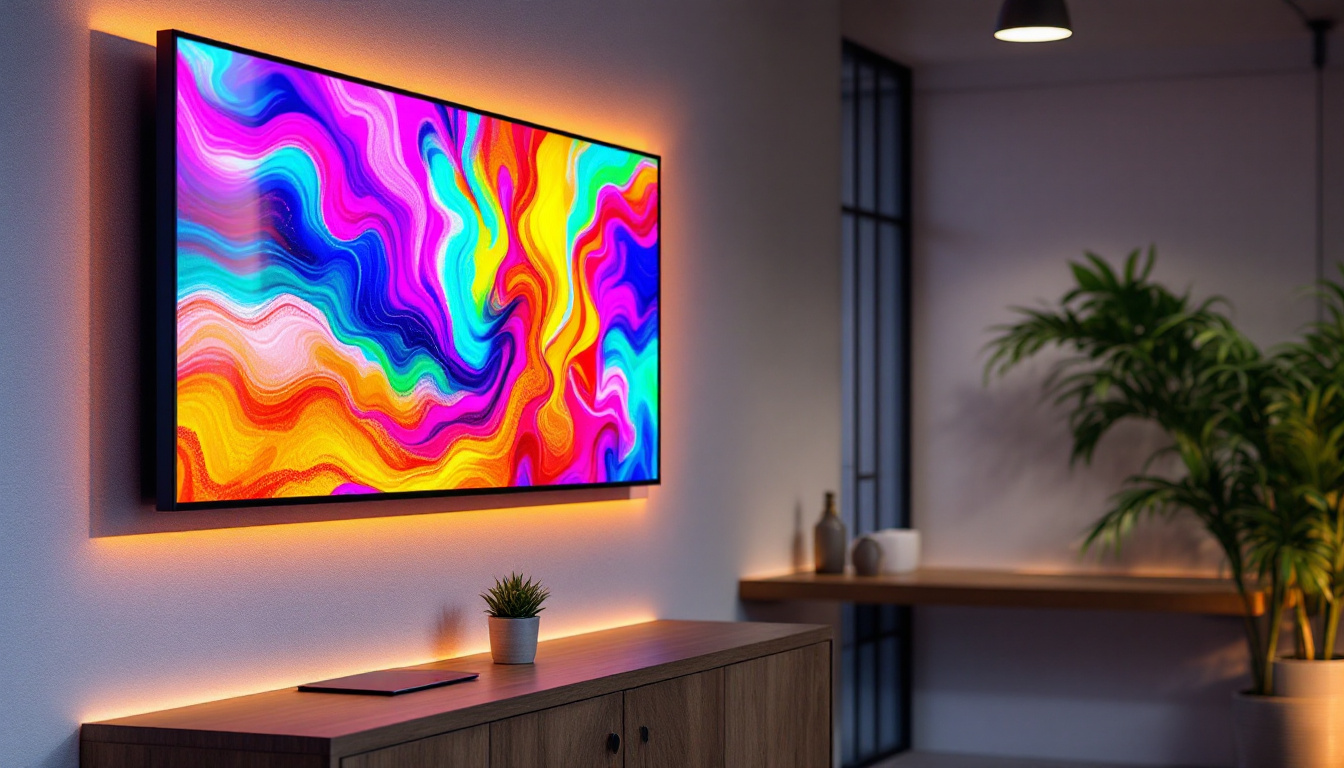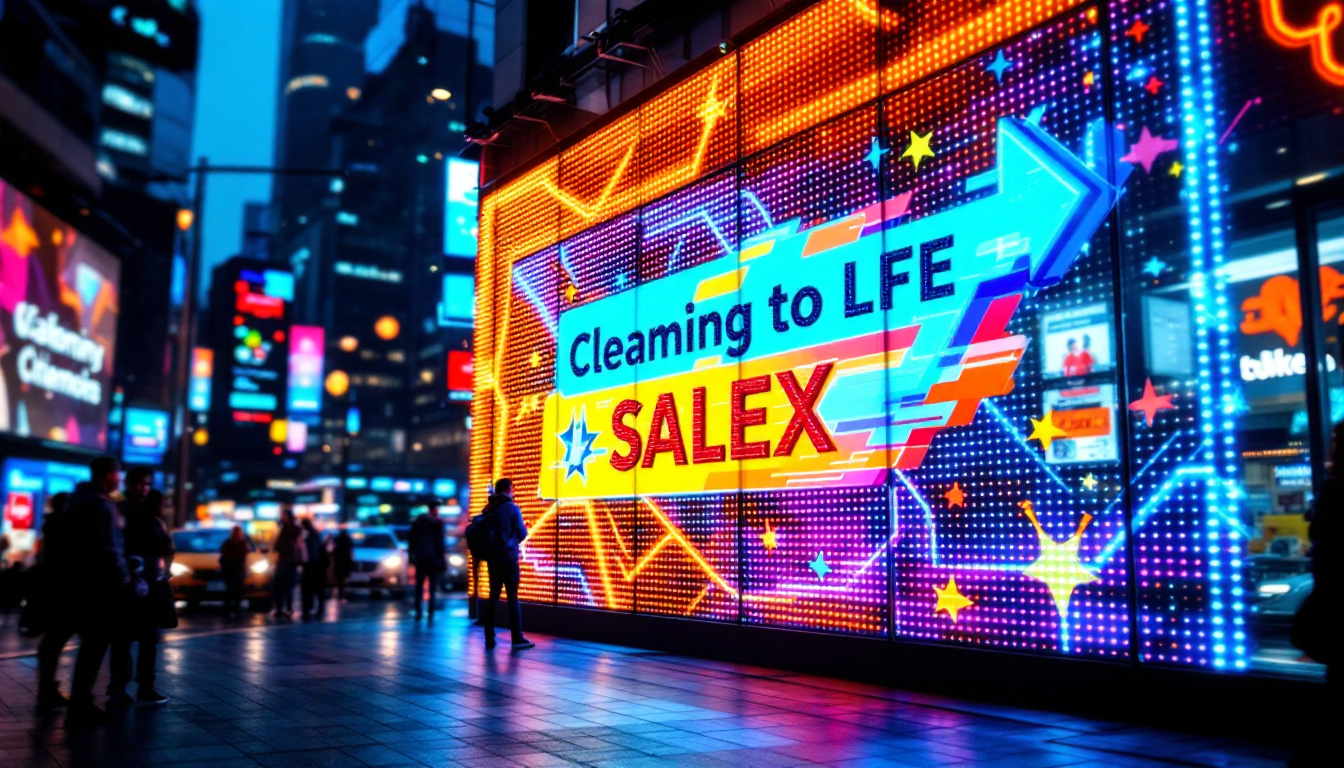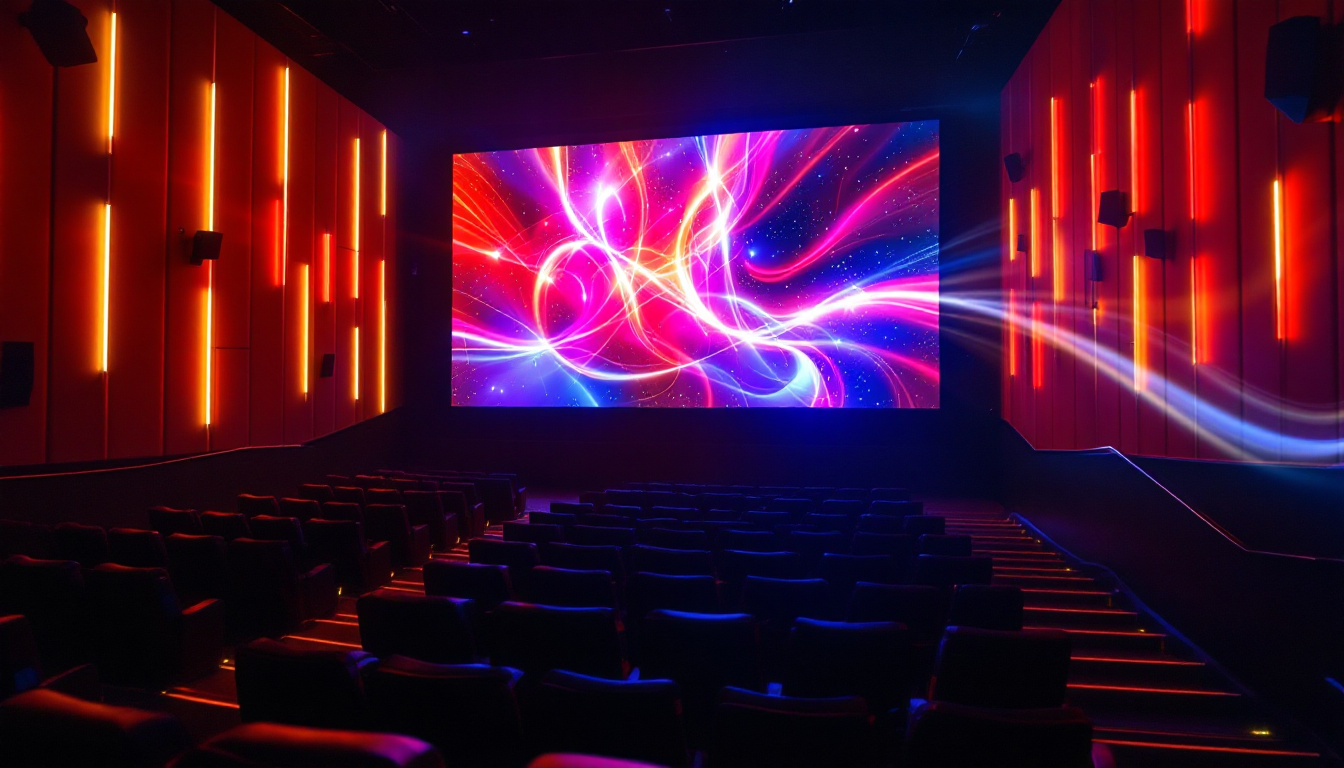In today’s fast-paced world, outdoor advertising and public information systems demand clarity, brightness, and reliability. LED displays have emerged as a leading technology to meet these needs, transforming how messages are communicated in outdoor environments. From towering billboards in urban centers to dynamic signage at sports arenas and transportation hubs, LED displays offer unparalleled visibility and flexibility. This article delves into the technology behind outdoor LED displays, their benefits, challenges, and the factors that influence their clarity and performance.
Understanding Outdoor LED Display Technology
Light Emitting Diode (LED) technology is the foundation of modern outdoor displays. Unlike traditional neon or fluorescent lighting, LEDs are semiconductor devices that emit light when an electric current passes through them. This fundamental difference allows for greater control over brightness, color, and energy efficiency. The ability to produce vibrant colors and sharp images has made LED displays a popular choice for advertising, public information, and entertainment purposes.
Outdoor LED displays consist of thousands to millions of tiny LEDs arranged in a grid, each acting as a pixel. These pixels can be individually controlled to display text, images, videos, and animations. The modular design of LED panels allows manufacturers to create displays of virtually any size and shape, making them highly adaptable to various outdoor applications. From large stadium screens to smaller roadside billboards, the versatility of LED technology enables dynamic content that can capture the attention of passersby and enhance the visual landscape of urban environments.
Key Components of Outdoor LED Displays
Several components work together to ensure the clarity and effectiveness of an outdoor LED display:
- LED Modules: These are the basic building blocks, containing arrays of LEDs that produce the display’s image.
- Driver ICs: Integrated circuits that control the current supplied to each LED, enabling precise brightness and color control.
- Control System: The software and hardware that manage content delivery, scheduling, and real-time updates.
- Power Supply: Provides the necessary electrical power to the LEDs and control systems.
- Enclosure and Protective Cover: Designed to withstand weather conditions, UV exposure, and physical impacts, ensuring durability outdoors.
In addition to these core components, outdoor LED displays often incorporate advanced features such as automatic brightness adjustment, which optimizes visibility based on ambient light conditions. This technology is particularly beneficial for maintaining image quality during varying times of the day, ensuring that content remains legible and vibrant regardless of sunlight or nighttime conditions. Furthermore, many modern displays are equipped with remote monitoring capabilities, allowing operators to diagnose issues and perform maintenance without needing to be physically present at the display location.
Another significant aspect of outdoor LED displays is their environmental impact. As energy-efficient solutions, LED displays consume significantly less power compared to traditional display technologies, contributing to reduced carbon footprints. Additionally, the long lifespan of LEDs means fewer replacements and less electronic waste, aligning with the growing emphasis on sustainability in technology. This makes outdoor LED displays not only an effective choice for communication but also a responsible one for the environment.
Factors Affecting Clarity and Visibility of Outdoor LED Displays
Clarity in outdoor LED displays is not just about resolution; it encompasses brightness, color accuracy, viewing angles, and environmental adaptability. Several factors influence these aspects, impacting how effectively the display communicates its message.
Pixel Pitch and Resolution
Pixel pitch refers to the distance between the centers of two adjacent pixels, measured in millimeters. A smaller pixel pitch means more pixels per square meter, resulting in higher resolution and finer image detail. For example, a pixel pitch of 4mm offers sharper images than a 10mm pitch, which is crucial for close viewing distances.
However, outdoor LED displays are often viewed from greater distances, so extremely fine pixel pitches may not be necessary or cost-effective. For roadside billboards, pixel pitches between 10mm and 20mm are common, balancing clarity with budget and installation scale.
Brightness and Contrast Ratio
Outdoor environments demand high brightness levels to overcome sunlight glare and ensure visibility throughout the day. Typical outdoor LED displays offer brightness levels ranging from 5,000 to 10,000 nits (candelas per square meter), with some specialized models exceeding 12,000 nits for extreme conditions.
Contrast ratio, the difference between the brightest whites and darkest blacks, also plays a vital role in clarity. Higher contrast ratios improve image depth and readability, especially for text and detailed graphics. Modern LED displays use advanced dimming and calibration techniques to optimize contrast in varying lighting conditions.
Viewing Angle and Distance
The viewing angle determines how well the display can be seen from different positions. Outdoor LED displays typically have wide horizontal and vertical viewing angles, often exceeding 120 degrees, to accommodate diverse audience locations.
Viewing distance is equally important. Displays intended for highway signage must be legible from hundreds of meters away, while those in plazas or stadiums cater to closer audiences. Understanding the relationship between pixel pitch, resolution, and viewing distance is essential for selecting the right LED display for any outdoor application.
Color Accuracy and Calibration
Color accuracy enhances the visual appeal and effectiveness of outdoor LED displays. Accurate color reproduction ensures brand colors are consistent and images appear vibrant and true-to-life. This is achieved through precise LED binning during manufacturing and ongoing calibration using color sensors and software algorithms.
Regular maintenance and calibration are necessary to compensate for LED aging and environmental factors, maintaining consistent color performance over time.
Advantages of Outdoor LED Displays Over Traditional Signage
The shift from static billboards and printed signage to LED displays has revolutionized outdoor communication. The benefits extend beyond mere brightness and clarity, offering dynamic capabilities that traditional signage cannot match.
Dynamic Content and Real-Time Updates
Outdoor LED displays allow for instant content changes, enabling advertisers and public agencies to deliver timely messages. Whether it’s updating traffic information, promoting a limited-time sale, or broadcasting emergency alerts, LED displays provide unmatched flexibility.
This dynamic capability also supports interactive campaigns and multimedia presentations, engaging audiences more effectively than static signs.
Energy Efficiency and Sustainability
Compared to older lighting technologies, LEDs consume significantly less power while delivering higher brightness levels. This energy efficiency translates into lower operating costs and reduced environmental impact, aligning with growing sustainability goals in urban planning and corporate responsibility.
Many modern outdoor LED displays incorporate smart sensors that adjust brightness based on ambient light, further optimizing energy use without compromising visibility.
Durability and Weather Resistance
Outdoor LED displays are engineered to withstand harsh weather conditions, including rain, snow, extreme temperatures, and UV exposure. High-quality enclosures with IP65 or higher ratings protect internal components from dust and moisture, ensuring long-term reliability.
Robust construction and materials also minimize maintenance needs and reduce downtime, critical for displays in high-traffic or remote locations.
Challenges and Considerations in Outdoor LED Display Deployment
Despite their many advantages, outdoor LED displays present unique challenges that must be addressed during planning and installation to maximize clarity and performance.
Initial Investment and Cost Management
High-resolution and high-brightness LED displays require significant upfront investment, including hardware, installation, and control systems. While operational costs are generally lower than traditional signage, budgeting for initial expenses and ongoing maintenance is essential.
Cost-effective solutions often involve balancing pixel pitch, brightness, and size to meet specific visibility requirements without overspending.
Environmental and Regulatory Compliance
Many municipalities regulate outdoor digital signage to prevent light pollution and ensure public safety. Compliance with local ordinances regarding brightness limits, operating hours, and content restrictions is mandatory.
Environmental factors such as temperature extremes and humidity also influence equipment selection and protective measures. For example, displays in desert climates require enhanced cooling systems, while those in coastal areas need corrosion-resistant materials.
Technical Maintenance and Lifespan
Maintaining clarity over the lifespan of an outdoor LED display requires regular inspections, cleaning, and calibration. LED brightness naturally diminishes over time, a phenomenon known as lumen depreciation, which can affect image quality if not managed.
Proactive maintenance strategies, including remote monitoring and modular panel replacement, help sustain optimal performance and extend the display’s useful life, often exceeding 100,000 hours of operation.
Emerging Trends and Innovations in Outdoor LED Displays
The LED display industry continues to evolve rapidly, driven by advancements in materials science, electronics, and software. These innovations promise to enhance clarity, reduce costs, and expand application possibilities.
MicroLED and MiniLED Technologies
MicroLED and MiniLED represent the next generation of LED technology, offering even smaller pixel pitches and improved brightness. MicroLED displays, with pixel pitches as low as 0.5mm, deliver near-OLED-level image quality with superior outdoor durability.
These technologies enable ultra-high-resolution outdoor displays suitable for close viewing environments such as retail storefronts and public information kiosks.
AI-Driven Content Optimization
Artificial intelligence is increasingly integrated into LED display control systems to optimize content based on audience demographics, time of day, and environmental conditions. AI algorithms can adjust brightness, contrast, and content scheduling to maximize engagement and energy efficiency.
Real-time analytics also provide valuable insights for advertisers and public agencies, enabling data-driven decision-making.
Flexible and Transparent LED Displays
Innovations in flexible LED panels allow for curved and irregularly shaped outdoor displays, expanding design possibilities. Transparent LED displays, which can be installed on glass surfaces without obstructing views, are gaining popularity in urban architecture and retail.
These form factors enhance aesthetic appeal while maintaining high clarity and brightness.
Conclusion: Achieving Optimal Clarity in Outdoor LED Displays
Outdoor LED displays have become indispensable tools for communication, marketing, and public information. Achieving optimal clarity requires a holistic approach that considers pixel pitch, brightness, color accuracy, viewing conditions, and environmental factors. Advances in LED technology continue to push the boundaries of what is possible, offering brighter, sharper, and more energy-efficient displays.
For businesses and municipalities investing in outdoor LED signage, understanding these technical and practical considerations ensures that their messages are delivered with maximum impact and reliability. As the technology evolves, the future of outdoor communication promises to be brighter and clearer than ever before.
Illuminate Your Message with LumenMatrix
Ready to elevate your outdoor communication with unparalleled clarity and impact? Discover LumenMatrix’s comprehensive range of LED display solutions, designed to captivate your audience and amplify your message. From vibrant outdoor displays to innovative transparent screens, our products are crafted to meet the diverse needs of modern visual storytelling. Check out LumenMatrix LED Display Solutions today and join the revolution in digital signage excellence.

